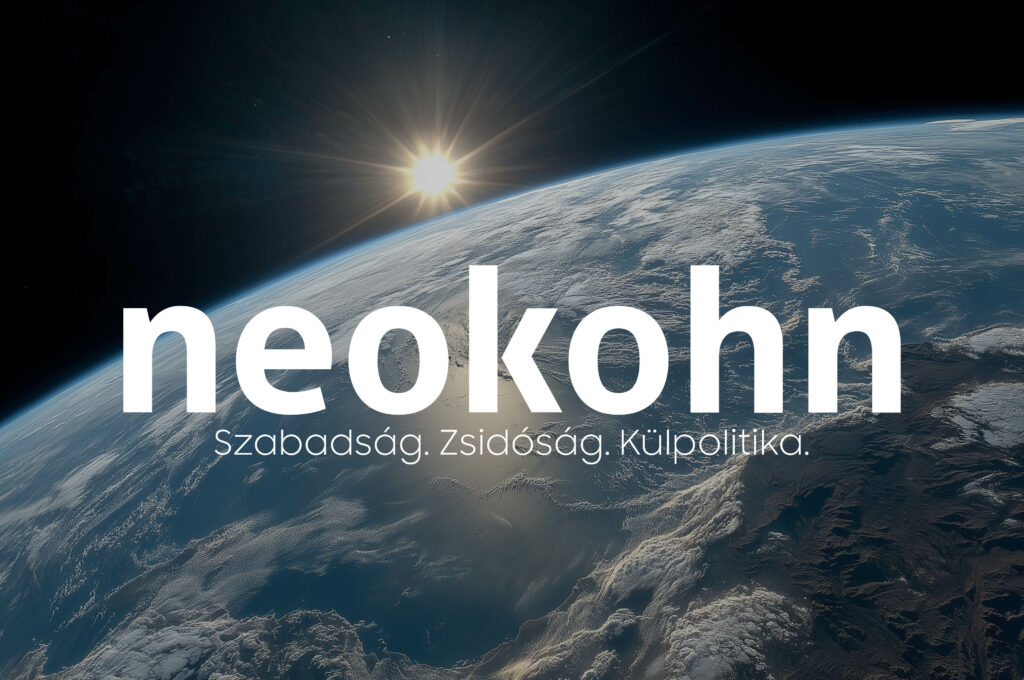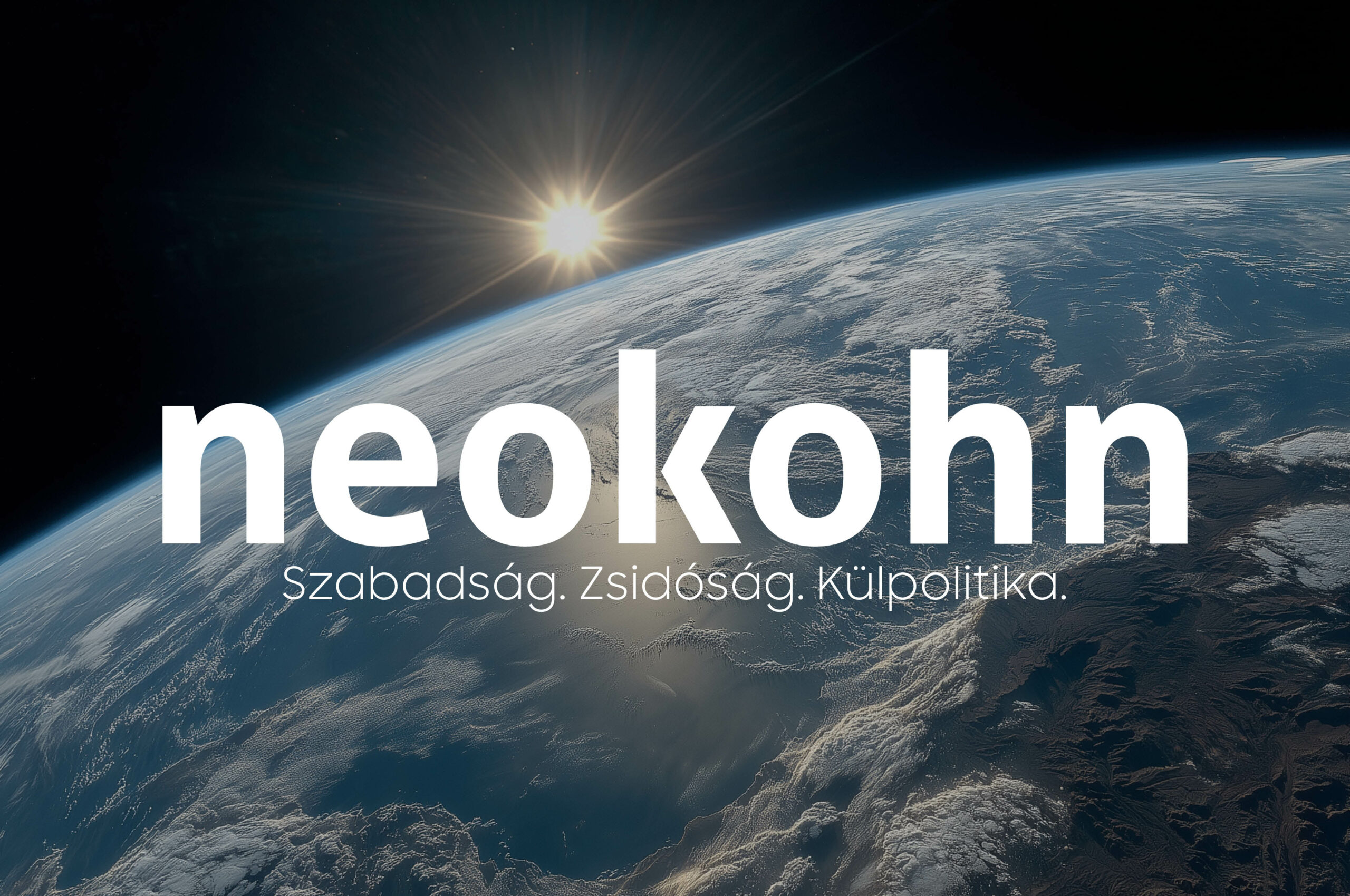I can’t imagine — and I hope I’m not mistaken — that if Jews were attacked daily in Hungary, there would be silence around us, Virág Gulyás writes.
In most American cities, antisemitism has increased by 160–250% in recent months. We’re not talking about Jewish jokes, not even Jewish “sayings.” No. Here, Jews are beaten, Israelis are attacked at dinner, synagogues are threatened, and rabbis ask their communities not to wear a kippah.
One would rightly believe that there is a certain threshold, which once passed, Jewish communities are either angry enough or scared enough to step in.
It seems we have not yet reached this threshold. Or, worse, we don’t want to face what’s happening right in front of us — because until we ourselves are attacked, why care about what’s happening to others?
Thousands use the #NeverAgain hashtag every year on Holocaust Remembrance Day. But what does this hashtag mean the next day? What does it mean when a Jewish boy is beaten in the middle of Manhattan for being Jewish? What does it mean when a rabbi is stabbed eight times in Boston because he is Jewish?
Several newspapers have written at home — I write these lines for Hungarians abroad — that there will be a huge parade in Washington against antisemitism.
Well, this parade proved one way that American Jews are still not angry enough.
About 2,500 people appeared. This may seem like a lot at first glance, but it’s actually very little. 5.3 million Jews live in America. This event was, in theory, sponsored by the most influential Jewish organizations. After several weeks of marketing, organizing, and free buses, 2,500 people appeared. That’s not enough for even a shocking photo that perhaps would force the New York Times to address the issue of antisemitism.
I stood puzzled on the lawn of the National Mall. I’ve been fighting anti-Semitism in one way or another for seven years now, and I don’t really remember an event that would have made me as pessimistic as last Sunday.
As I wrote in my English post, I know how much work there is behind organizing such an event. Neither my post nor these lines are intended to insult – but rather to sound an alarm.
It is clearly positive how the Jewish/Zionist communities are finally being mobilized. This is a new thing, and here I must mention the work of the #EndJewHatred movement, which was created to mobilize Jews and their allies when, for example, a Jew is stabbed because he is a Jew – a kind of George Floyd moment.
While anti-Israel events attract masses of 10,000 to 20,000 overnight, it seems that antisemitism, attacks on Jews, and intimidating Jewish businesses are not condemned as acts of racism, discrimination, exclusion, and bullying.
This, of course — I am now referring to the parade — is also the fault of the organizers. Unfortunately, I’m too deeply involved to be able to say who took part to really make something happen and who just wanted to advertise their organization.
The event ended up with us not feeling like we “saved the world.” And even if that goal may always sound a bit too utopian, the reason we march on the streets is to at least feel like saving the world is a possibility. This event didn’t lead to anything.
It was covered by the Washington Post, the Jerusalem Post, and perhaps a smaller paper, all saying that we were there, we saw, and then we left. But what will happen tomorrow? I ask. (The mere fact that only the Neturei Karta came to protest at such a rally is in itself a failure).
I hope that in Hungary, Jews will never have to experience what Jews are experiencing here in America today. But if anything ever happens at home, I hope and wish that we will loudly demand that there be real consequences to antisemitism.
I may be a dreamer, but I certainly expect more from American Jewry… don’t you?
Gulyás Virág összes cikkét elolvashatja itt.






